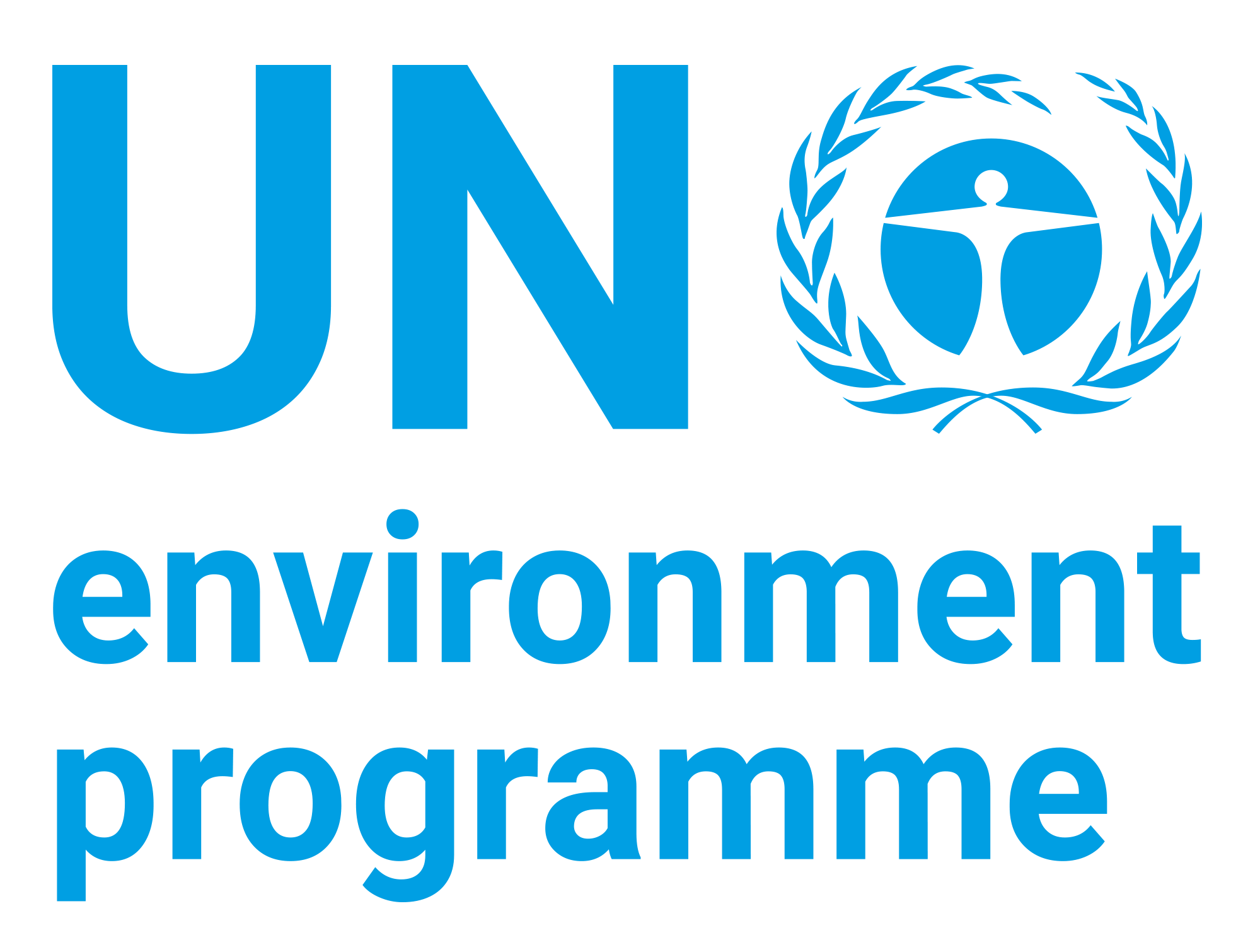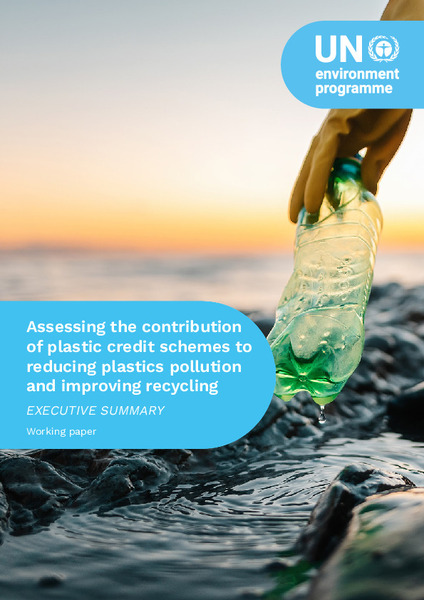| dc.contributor | Asia & Pacific Office | en_US |
| dc.contributor.author | United Nations Environment Programme | en_US |
| dc.contributor.author | International Solid Waste Association | en_US |
| dc.coverage.spatial | Asia and the Pacific | en_US |
| dc.date.accessioned | 2023-05-19T07:28:51Z | |
| dc.date.available | 2023-05-19T07:28:51Z | |
| dc.date.issued | 2022 | |
| dc.identifier.uri | https://wedocs.unep.org/20.500.11822/42469 | |
| dc.description | This report seeks to provide a picture of the current plastic credits mechanism as well as recommendations for it to be an effective tool in supporting plastic circularity – by increasing the amount of plastic waste that is recycled and reducing the amount that enters the waste stream. Plastic credits are financial-institutional instruments that incentivise recovery or dis-incentivise pollution and pay for offsetting its impacts. | en_US |
| dc.format | pdf | en_US |
| dc.language | English | en_US |
| dc.rights | Public | en_US |
| dc.subject | recycling | en_US |
| dc.subject | plastic waste | en_US |
| dc.subject | plastic | en_US |
| dc.subject | marine pollution | en_US |
| dc.subject | pollution control | en_US |
| dc.title | Assessing the Contribution of Plastic Credit Schemes to Reducing Plastics Pollution and Improving Recycling: Working Paper - Executive Summary | en_US |
| wd.identifier.sdg | SDG 3 - Good Health and Well-Being | en_US |
| wd.identifier.sdg | SDG 12 - Responsible Consumption and Production | en_US |
| wd.identifier.sdg | SDG 15 - Life on Land | en_US |
| wd.topics | Chemicals and Pollution Action | en_US |
| wd.topics | Finance and Economic Transformations | en_US |
| wd.identifier.pagesnumber | 8 p. | en_US |


